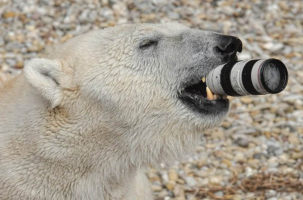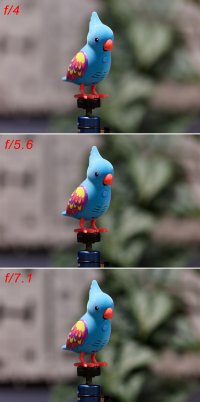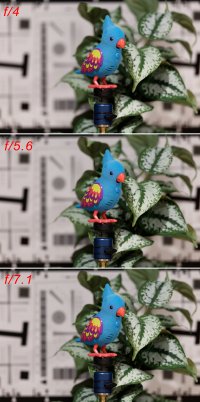I already have the 100-500 and love it. But for things like wildlife photography, 5.6 to 7.1 makes a bit of difference in regards to subject isolation. Obviously 4.0 would be even better, but a lot of people are willing to make that tradeoff in weight-savings. If we were talking strictly about the amount of light each would let in, I'd tend to agree with you.I’ll respond in a way that I hope is a bit more respectful.
Canon makes a sub-4k 500mm lens that is less than a stop slower than your dream lens. With today’s sensors and software, the difference in f-stops is not that significant. The Canon lens is as sharp as a prime, costs way less than your target price and has the added bonus of zooming out to 100mm.
None of us has access to Canon’s market research, but I strongly suspect that the research and experience shows that a zoom lens that is cheaper and more compact than a 5.6 prime, while also being light and easily hand-held is a better seller.
Of course you are free to keep waiting for a lens that I doubt will come, but thousands of us are happily enjoying a great 500mm lens.
Upvote
0



